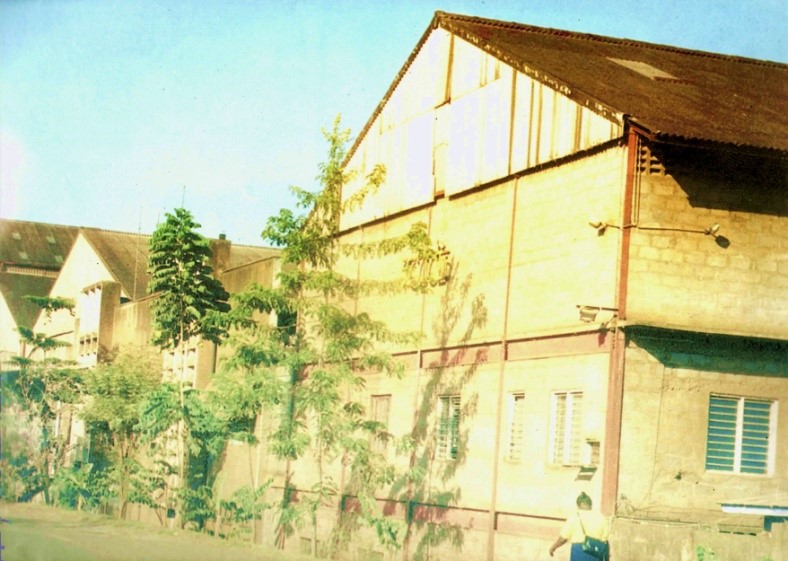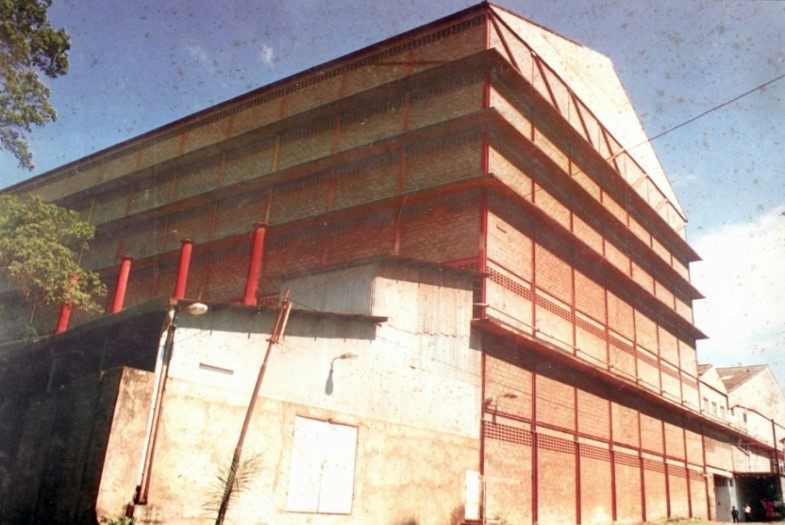About
Historical perspective
The Tanganyika Coffee Curing Company Limited (TCCCo Ltd) is a company limited by shares registered under the Companies Ordinance (CAP 212). It is based in Moshi Municipality located at the foot of Mount Kilimanjaro. It was first established in 1920 by a German investor known by name Heins Bueb. By that time, it was a small milling plant, with a capacity to mill 500 tonnes of parchment coffee per year. At that time, only a few settler farmers grew coffee. After the Second World War, the plant was expropriated by the British colonial Government and placed under the custodian of enemy property.


In 1947 the plant was acquired by the Moshi Native Coffee Board (MNCB) and the Tanganyika Coffee Growers Association (TCGA). The plant capacity was gradually expanded as coffee production increased, and by 1952 it had reached a capacity to mill 10,000 tonnes per year. In 1961, the plant was acquired by the Kilimanjaro Native Co-operative Union Limited (KNCU Ltd) and TCGA. By that time KNCU Ltd was a strong union of primary co-operative societies with about 60,000 small scale coffee farmers producing mild Arabica coffee. The plant was nationalised by the Government of the United Republic of Tanzania in 1971 and placed under the ownership of the Coffee Authority of Tanzania (CAT) which was later transformed into Tanzania Coffee Marketing board (TCMB).
In 1989, TCCCo Ltd was placed under the ownership of the Co-operative Unions located in the areas producing mild Arabica coffee and TCGA. By then the plant had a full capacity to process 50,000 tonnes of parchment coffee per year, as it was intended to serve all the mild Arabica coffee produced in Tanzania. The Company shares were allotted according to the relative volumes of coffee production.

